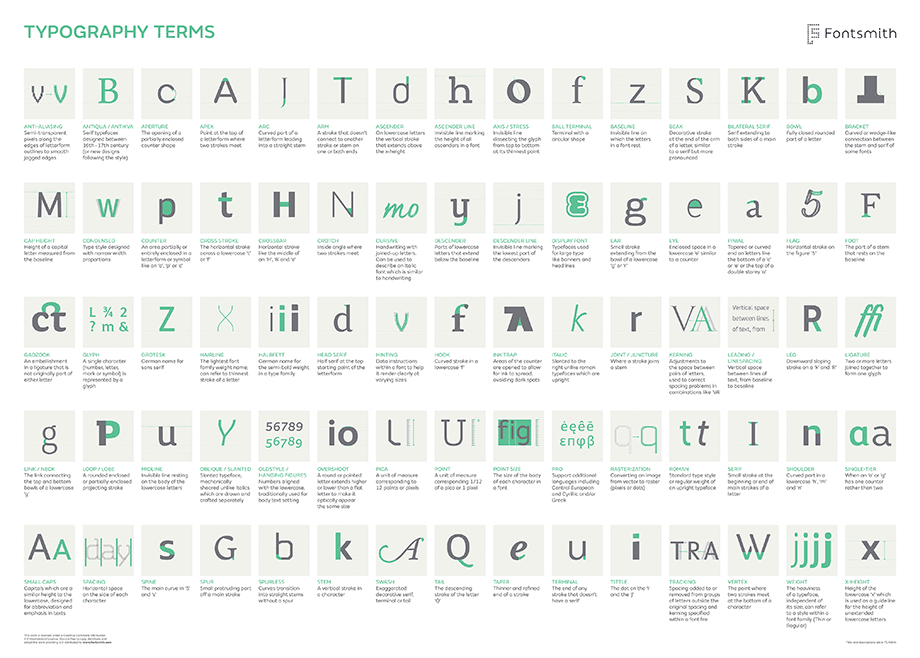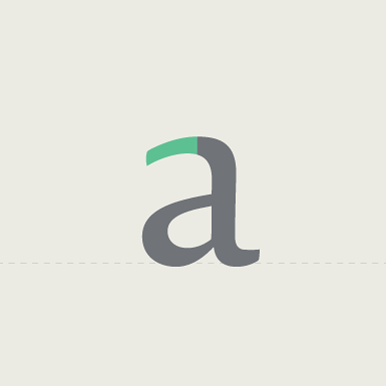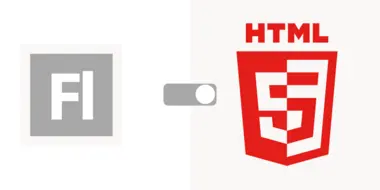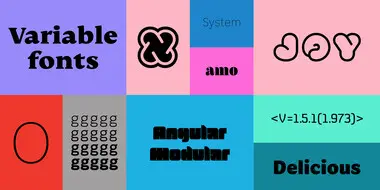The A-Z of typographic terms.
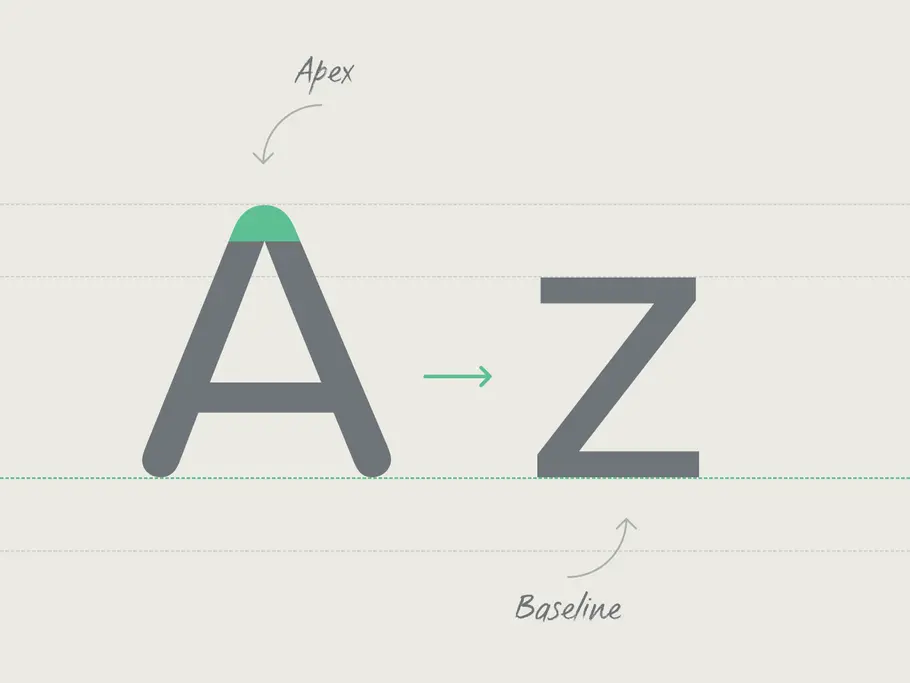
As type designers we can get immersed in an insular typographical bubble at times. It’s easy to forget that our language, the lingo, words and terms that we use to discuss, critique and refine our designs is under the constant pressure of discourse and scrutiny within, often redefining itself.
We thought that it would be an interesting project to research and illustrate a few of the key words that we use everyday here in the Fontsmith studio but then before we knew it we were up to nearly 80 terms! Unable to cut the list down we’ve prepared this infographic that lists all the vocabulary in one place. Our new typeface FS Aldrin is used on titles and description info. Its technical and precise shapes seemed perfect for conveying all of the terms in a succinct but also amiable tone of voice.












